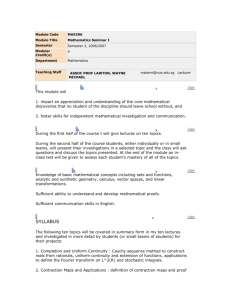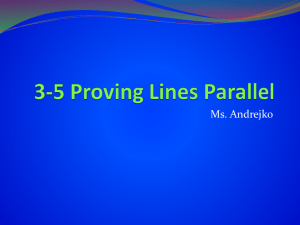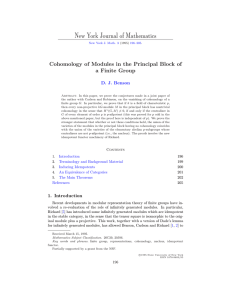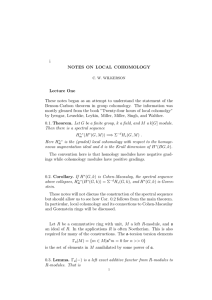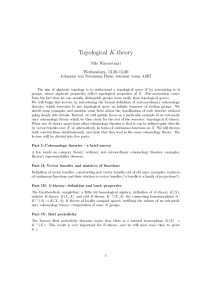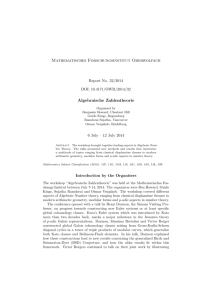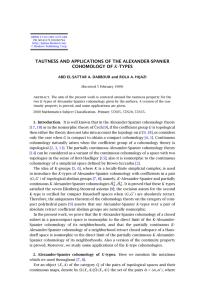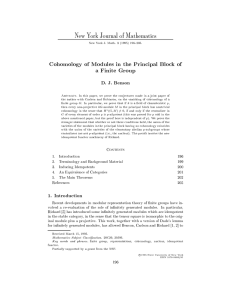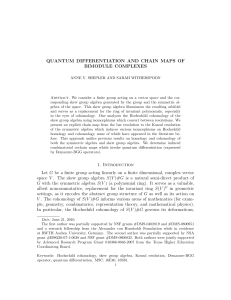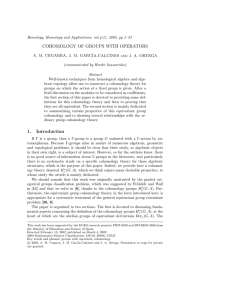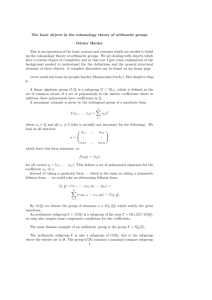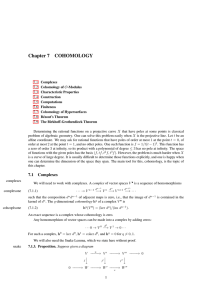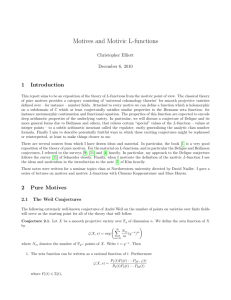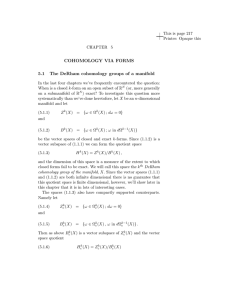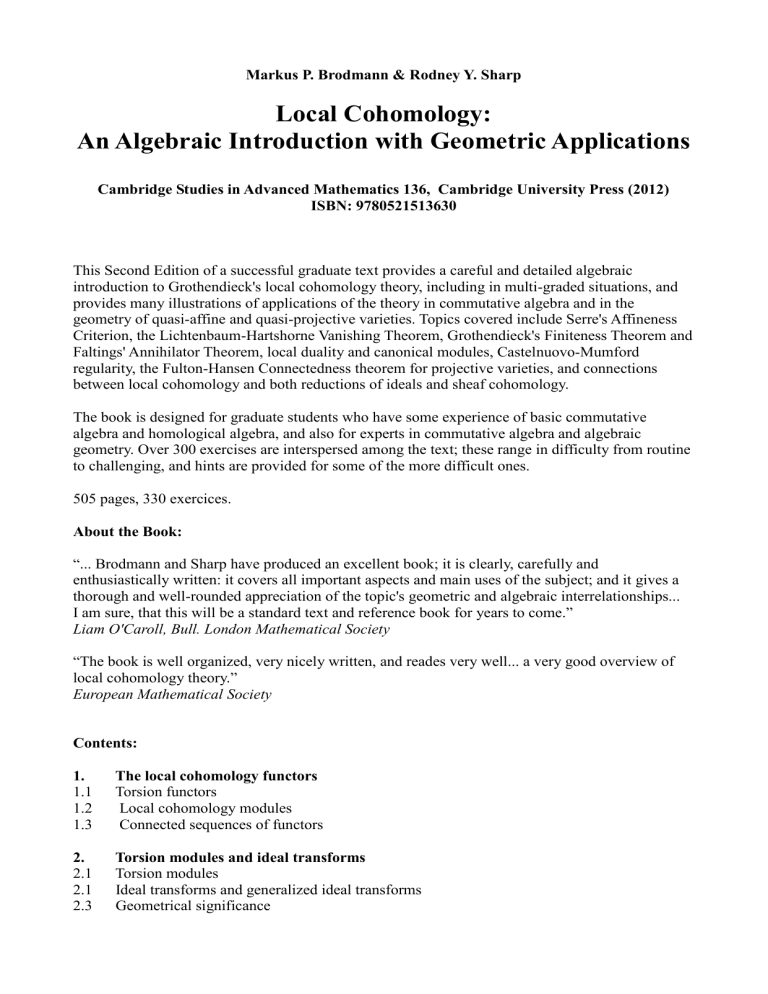
Markus P. Brodmann & Rodney Y. Sharp
Local Cohomology:
An Algebraic Introduction with Geometric Applications
Cambridge Studies in Advanced Mathematics 136, Cambridge University Press (2012)
ISBN: 9780521513630
This Second Edition of a successful graduate text provides a careful and detailed algebraic introduction to Grothendieck's local cohomology theory, including in multi-graded situations, and provides many illustrations of applications of the theory in commutative algebra and in the geometry of quasi-affine and quasi-projective varieties. Topics covered include Serre's Affineness
Criterion, the Lichtenbaum-Hartshorne Vanishing Theorem, Grothendieck's Finiteness Theorem and
Faltings' Annihilator Theorem, local duality and canonical modules, Castelnuovo-Mumford regularity, the Fulton-Hansen Connectedness theorem for projective varieties, and connections between local cohomology and both reductions of ideals and sheaf cohomology.
The book is designed for graduate students who have some experience of basic commutative algebra and homological algebra, and also for experts in commutative algebra and algebraic geometry. Over 300 exercises are interspersed among the text; these range in difficulty from routine to challenging, and hints are provided for some of the more difficult ones.
505 pages, 330 exercices.
About the Book:
“... Brodmann and Sharp have produced an excellent book; it is clearly, carefully and enthusiastically written: it covers all important aspects and main uses of the subject; and it gives a thorough and well-rounded appreciation of the topic's geometric and algebraic interrelationships...
I am sure, that this will be a standard text and reference book for years to come.”
Liam O'Caroll, Bull. London Mathematical Society
“The book is well organized, very nicely written, and reades very well... a very good overview of local cohomology theory.”
European Mathematical Society
Contents:
1. The local cohomology functors
1.1 Torsion functors
1.2 Local cohomology modules
1.3 Connected sequences of functors
2. Torsion modules and ideal transforms
2.1 Torsion modules
2.1 Ideal transforms and generalized ideal transforms
2.3 Geometrical significance
3. The Mayer-Vietoris Sequence
3.1 Comparison of systems of ideals
3.2 Construction of the sequence
3.3 Arithmetic rank
3.4 Direct limits
4. Change of rings
4.1 Some acyclic modules
4.2 The Independence Theorem
4.3 The Flat Base Change Theorem
5. Other approaches
5.1 Use of Ĉech complexes
5.2 Use of Koszul complexes
5.3 Local cohomology in prime characteristic
6. Fundamental vanishing theorems
6.1 Grothendieck's Vanishing Theorem
6.2 Connections with grade
6.3 Exactness of ideal transforms
6.4 An Affineness Criterion due to Serre
6.5 Applications to local algebra in prime characteristic
7. Artinian local cohomology modules
7.1 Artinian modules
7.2 Secondary presentations
7.3 The Non-Vanishing Theorem again
8. The Lichtenbaum-Hartshorne Theorem
8.1 Preparatory lemmas
8.2 The main theorem
9. The Annihilator and Finiteness Theorems
9.1 Finiteness dimensions
9.2 Adjusted depths
9.3 The first inequality
9.4 The second inequality
9.5 The main theorems
9.6 Extensions
10. Matlis duality
10.1 Indecomposable injective modules
10.2 Matlis duality
11. Local duality
11.1 Minimal injective resolutions
11.2 Local Duality Theorems
12. Canonical modules
12.1 Definition and basic properties
12.2 The endomorphism ring
12.3 S_2 -ifications
13. Foundations in the graded case
13.1 Basic multi-graded commutative algebra
13.2 *Injective modules
13.3 The *restriction property
13.4 The reconciliation
13.5 Some examples and applications
14. Graded versions of basic theorems
14.1 Fundamental theorems
14.2 *Indecomposable *injective modules
14.3 A graded version of the Annihilator Theorem
14.4 Graded local duality
14.5 *Canonical modules
15. Links with projective varieties
15.1 Affine algebraic cones
15.2 Projective varieties
16. Castelnuovo regularity
16.1 Finitely generated components
16.2 The basics of Castelnuovo regularity
16.3 Degrees of generators
17. Hilbert polynomials
17.1 The characteristic function
17.2 The significance of reg^2
17.3 Bounds on reg^2 in terms of Hilbert coefficients
17.4 Bounds on reg^1 and reg^0
18. Applications to reductions of ideals
18.1 Reductions and integral closures
18.2 The analytic spread
18.3 Links with Castelnuovo regularity
19. Connectivity in algebraic varieties
19.1 The connectedness dimension
19.2 Complete local rings and connectivity
19.3 Some local dimensions
19.4 Connectivity of affine algebraic cones
19.5 Connectivity of projective varieties
19.6 Connectivity of intersections
19.7 The projective spectrum and connectedness
20. Links with sheaf cohomology
20.1 The Deligne Isomorphism
20.2 The Graded Deligne Isomorphism
20.3 Links with sheaf theory
20.4 Applications to projective schemes
20.5 Locally free sheaves



